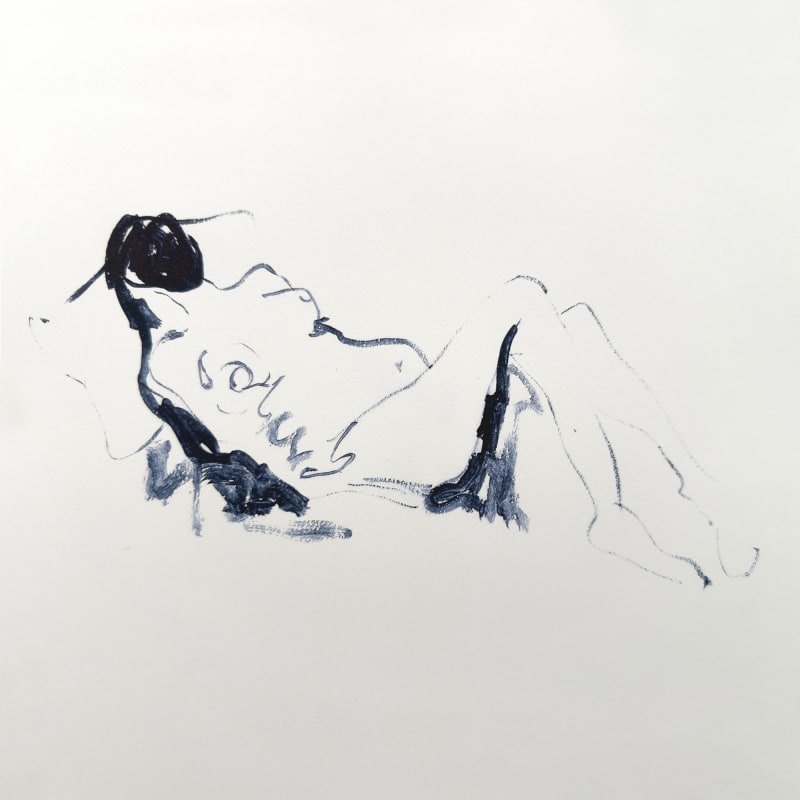Tracey Emin (born 1963 in Croydon, Greater London) is a leading figure in contemporary British art, renowned for a deeply autobiographical and confessional practice that spans drawing, painting, sculpture, video, neon text, and sewn appliqué. Rising to prominence as part of the Young British Artists (YBA) movement in the 1990s, Emin has consistently explored themes of vulnerability, sexuality, trauma, and desire, translating intimate experiences into works of striking emotional resonance.
Her breakthrough came with My Bed (1998), a Turner Prize-exhibited installation presenting her unmade bed surrounded by personal detritus—stained sheets, empty bottles, and discarded clothing—laying bare a moment of emotional crisis and confronting conventional boundaries between public and private life. Earlier, Everyone I Have Ever Slept With 1963–1995, a tent appliquéd with the names of all her former lovers, acted as both a personal map of intimacy and a reflection on memory and loss; though tragically destroyed in the 2004 Momart warehouse fire, it remains a seminal feminist and autobiographical statement.
Emin’s neon text works distill complex emotions into luminous phrases such as “I don’t believe in love but I believe in you,” blending poetry and visual form to navigate the intersections of public display and private confession. Her self-portraits and expressive drawings frequently feature fragmented figures and recurring motifs—hearts, animals, and intimate objects—investigating identity, female experience, and the emotional landscapes of her own biography. In video and film works, including Why I Never Became a Dancer (1995), she fuses performative storytelling with visual art, exploring memory, failure, and the construction of the self.
Across media, Emin’s work is distinguished by its fearless engagement with the personal and universal alike, transforming private narratives into shared artistic languages. Her practice continues to resonate widely, reflecting a commitment to emotional honesty, feminist inquiry, and the radical potential of autobiographical art. Living and working between London, Margate, and the South of France, she remains one of the most influential and provocative voices in contemporary art, honored with a damehood in 2024 for her contributions to the field.
